Catalpa Tree | Catalpa bignonioides
Catalpa Tree | Catalpa bignonioides
Couldn't load pickup availability
Live Catalpa Trees Available in Seedlings, 1-Gallon, 3–4 ft, and 4–5 ft Sizes
Transform your landscape with the fast-growing Catalpa Tree—a beautiful, hardy shade tree known for its large, heart-shaped leaves, fragrant white flowers, and eye-catching seed pods. Ideal for gardeners looking to create quick shade and support pollinators like bees and hummingbirds.
Whether you're planting a windbreak, adding height to a native garden, or introducing a focal point to your yard, catalpas are easy to grow, adaptable, and provide unique seasonal interest.
Available Sizes:
- Seedlings—Perfect for bulk planting or naturalizing
- 1-Gallon Pots—Strong-rooted young trees
- 3–4 Feet Tall—Landscape-ready trees
- 4–5 Feet Tall—Bigger trees for faster impact
Catalpa Tree Features:
- Fast-growing shade tree (up to 2+ ft/year)
- Tolerates clay, poor soils, and drought once established
- Pollinator-friendly white flowers bloom in late spring
- Long seed pods offer unique ornamental appeal
- Hardy in USDA Zones 4–8
Care Instructions:
Plant in full sun or partial shade. Water deeply after planting and during the first growing season. Minimal pruning needed. Very low-maintenance once established.
Share
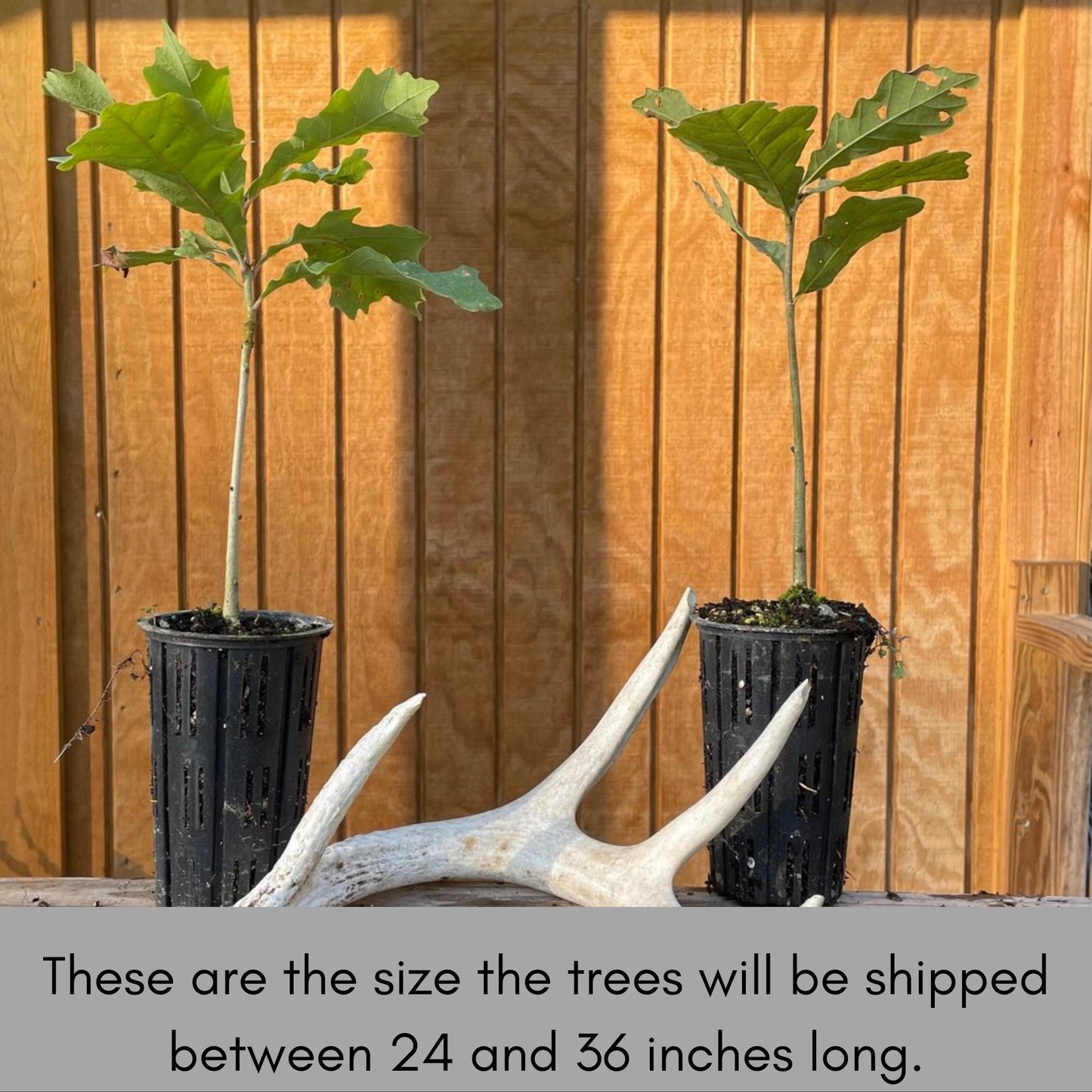
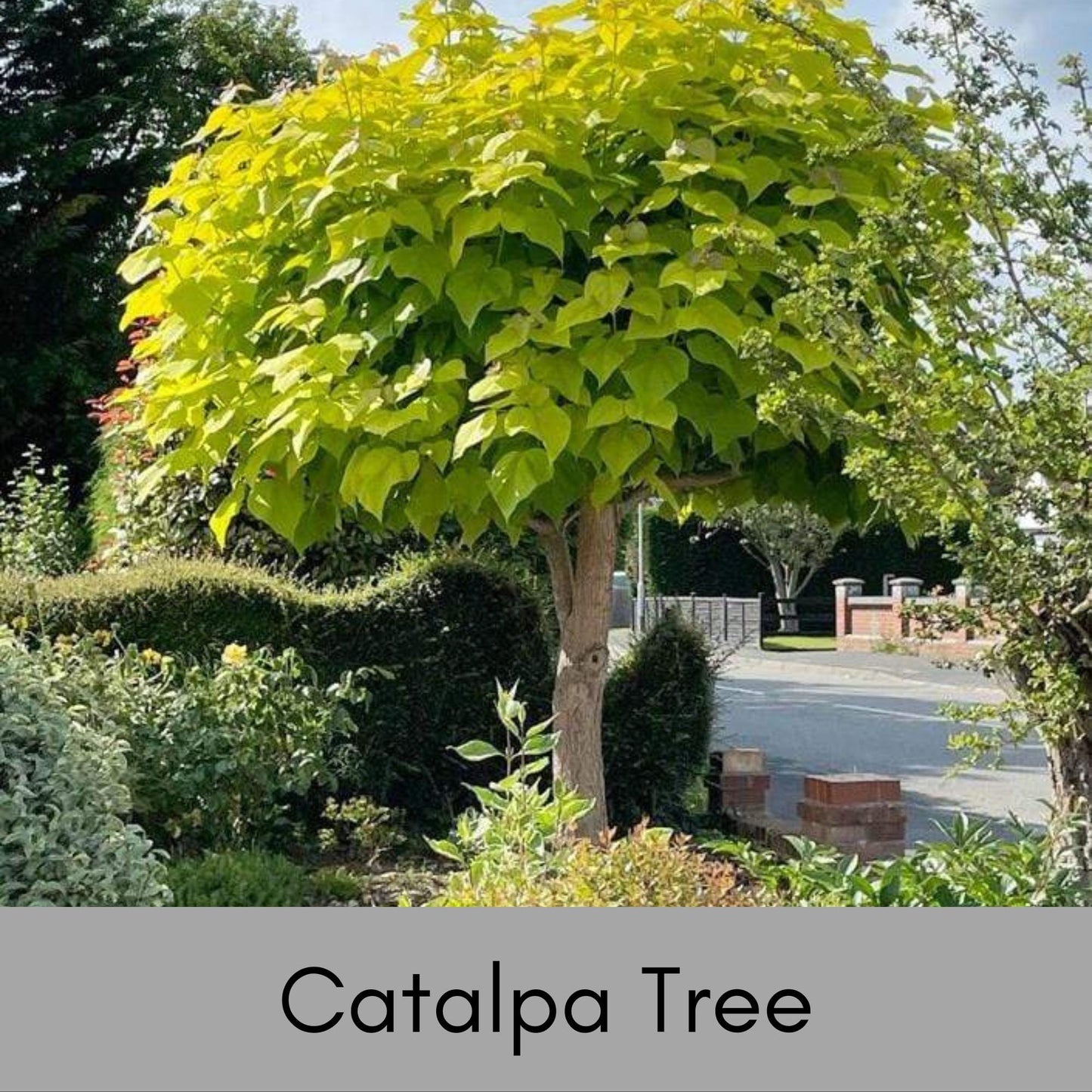
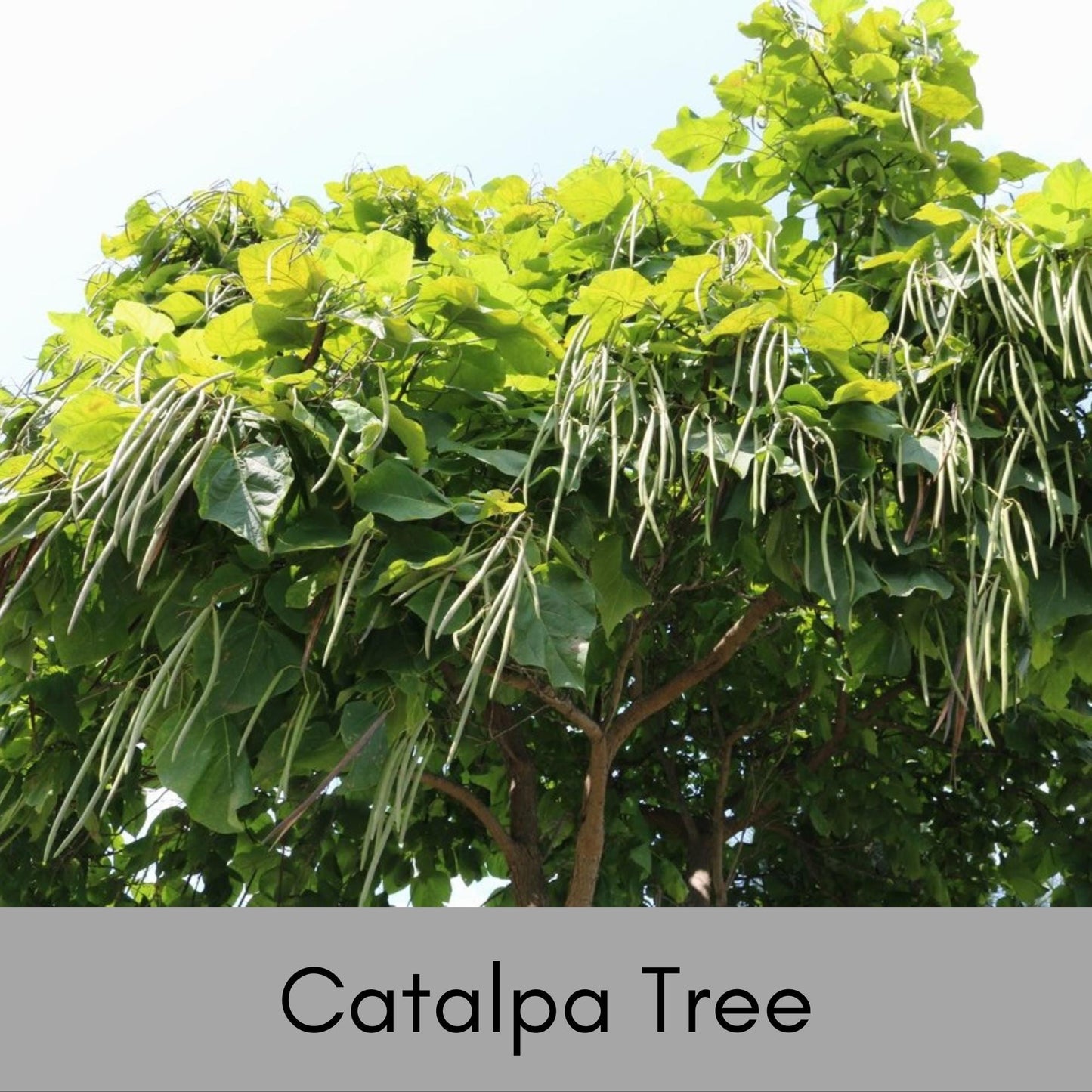
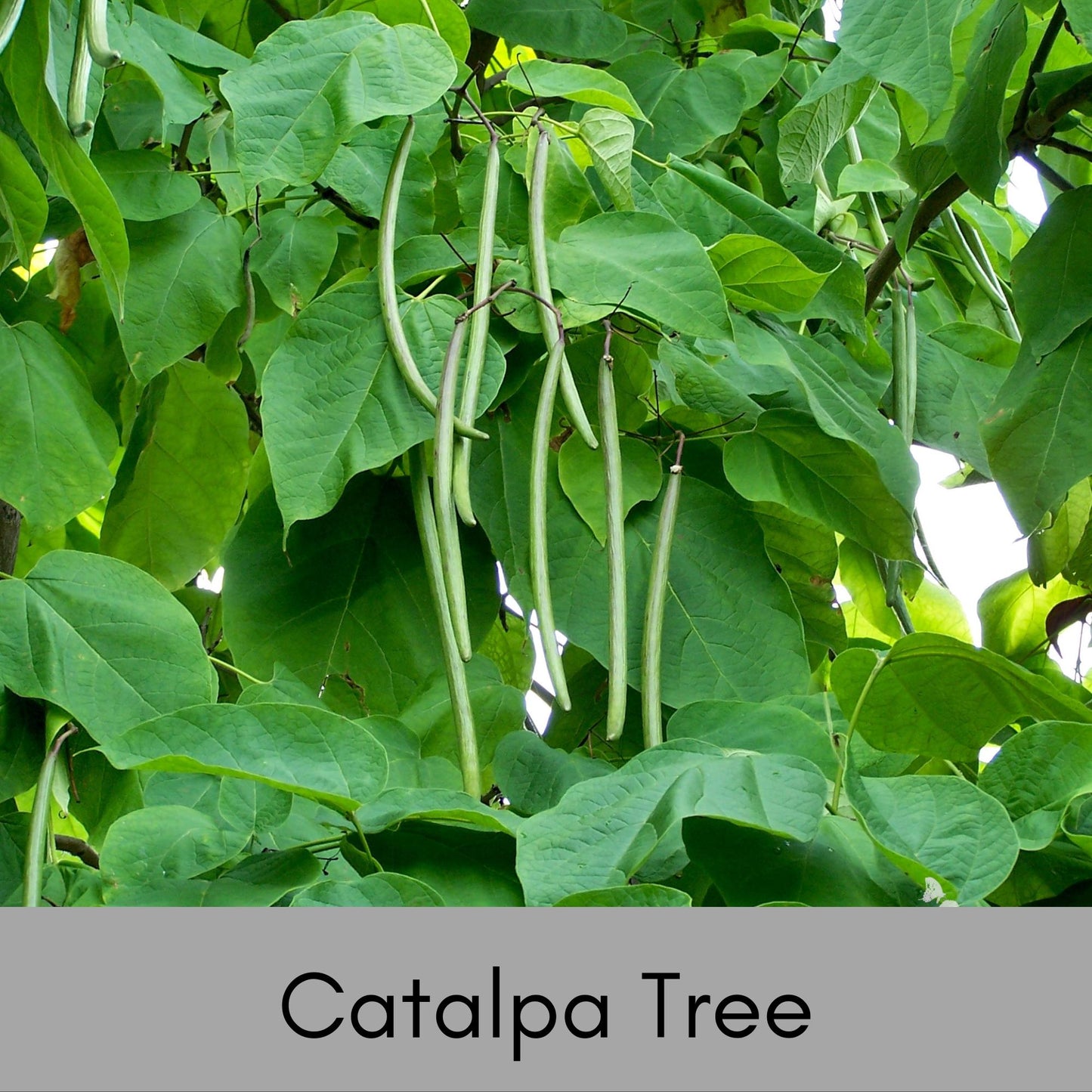
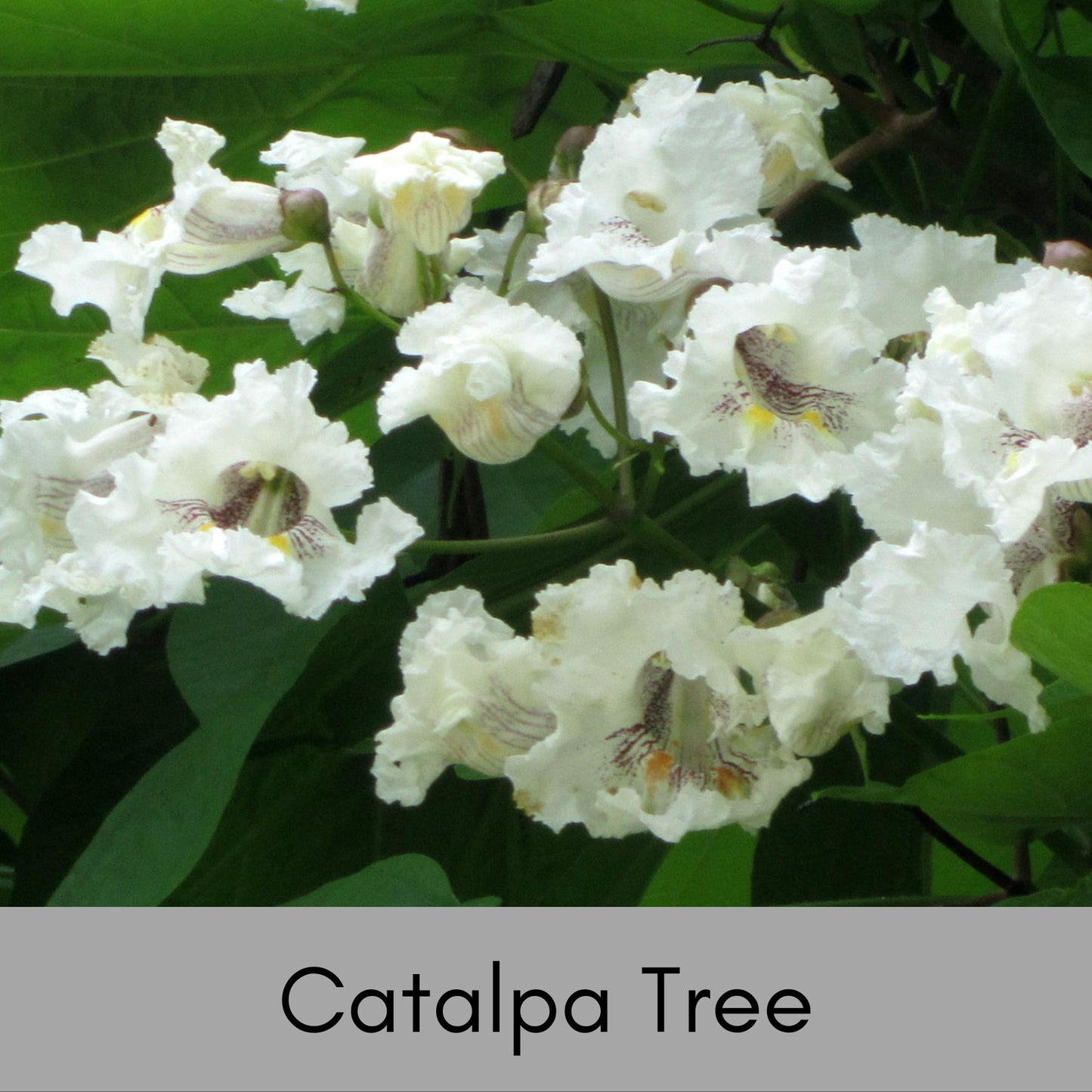
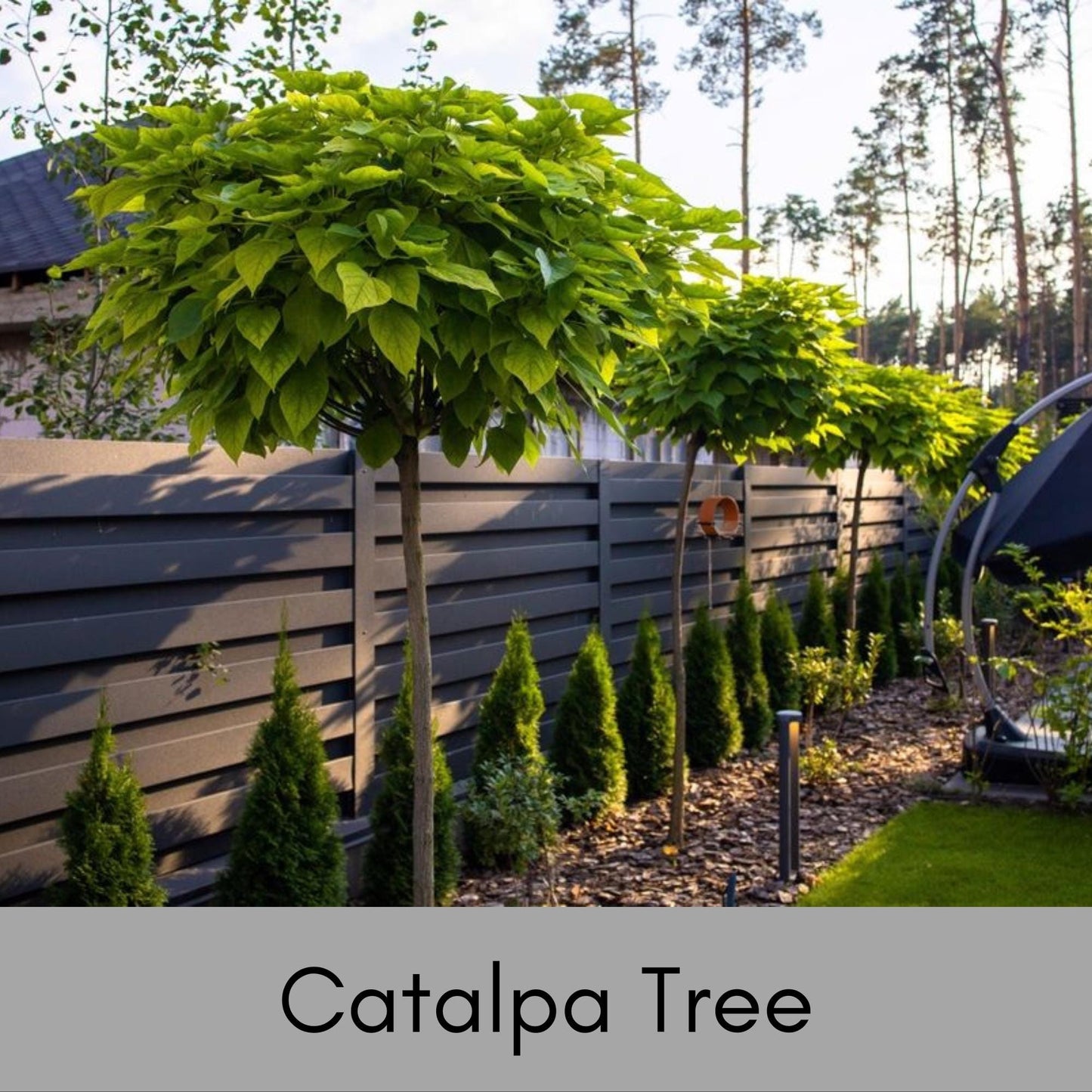
I recently received two Catalpa trees, and I couldn’t be happier with the purchase. They arrived perfectly packaged, healthy, and in great condition. I planted them right away, and they already look strong and full of promise.
About 25 years ago, I planted two Catalpa trees that grew beautifully, though they do not produced flowers or the long bean pods — I was told at the time they may have been a Japanese variety. I’ve uploaded a picture of those older trees for reference. With these new ones, I’m really hoping to see the classic blooms and bean pods that make Catalpa trees so unique and striking.
Overall, I’m very pleased with the quality and care taken in shipping these trees. Excited to see how they grow in the years ahead!
Exactly as expected! Ordered 2 and will order again!!
Absolutely beautiful and oh so healthy tree! Came within like a couple of days! Packaged VERY well and I can't wait to get her in the ground! She IS like a beautiful showpiece!
Will definitely order from this seller again!!!!
I'm happy with everything on this product





